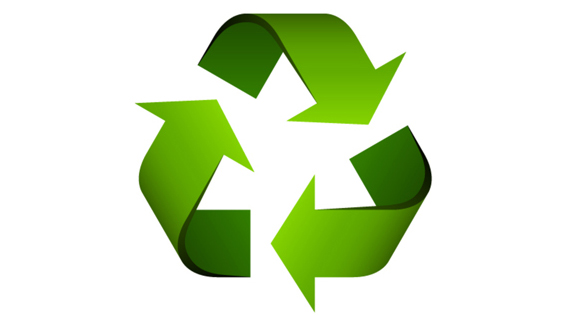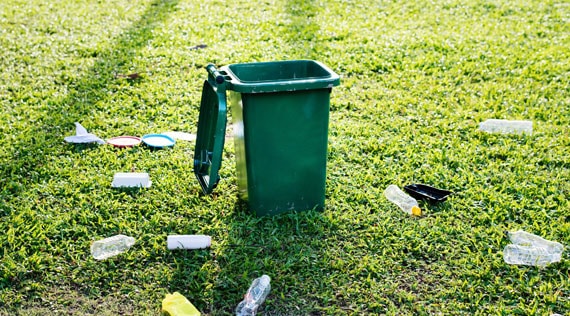Washington’s plastic bag ban took effect last month, but that hasn’t stopped people from tossing them (and other contaminants) into blue recycling bins.
Many people are trying to recycle correctly but often add items that can contaminate and degrade the other recyclables, said Doug Williams, a spokesperson for King County’s Department of Natural Resources and Parks. In some cases, recycled materials can become so contaminated they end up in landfills.
Ahead of the holiday season — with all its shipping and packaging materials — King County Solid Waste is urging people to practice “guilt-free garbage.”
“Not only is it OK to throw the questionable items in the garbage, it’s actually better,” a news release said.
Here are some tips to be a better recycler:
Avoid plastic wrap, “tanglers,” and any food or liquid
Plastic wrap, film and “tanglers” like garden hoses, Christmas lights and textiles get jammed in the machines that separate materials into categories like cardboard, glass and metal. Workers often have to temporarily shut down the sort line to clear a jam or rerun entire loads through the system — usually on a daily basis, Williams said.
Cardboard and paper make up 80% of recycled material at Recology’s King County facility. Recology is a recycling contractor in Seattle and King County.
Recyclables in blue bins must be empty, clean and dry. Food waste, plastic wrap and “tanglers” are the three most problematic materials sent to facilities, Williams said.
Food and liquid from emptied takeout containers and coffee cups mixing with cardboard and paper can result in mold. The fibers of the cardboard and paper can also start to degrade, making a partial or entire load of paper unrecyclable.
What else should I avoid?
Face masks, wires, diapers, broken glass, twine that is used to tie boxes together, lids, caps, takeout containers, plastic bakery and meat trays, and prescription vials.
What is OK to recycle?
Most bottles, tubs, jugs and cups are OK to go into the blue bin as long as they are clean and dry. Officials advise ignoring the numbers on plastic containers and recycling symbol.
Some examples of things you are free to recycle:
- Clean bottles for shampoo, household cleaner, detergent, yogurt and dairy tubs
- Plastic plant pots without soil, plastic cups
- Aluminum cans and foil
- Cereal boxes without a liner
- Magazines and newspapers
- Clean milk and ice cream cartons, coffee cups, juice boxes, and broth containers
- Paperback books
More details on recycling and your local hauler can be found on the King County website.
How is King County doing?
According to the latest data from Washington Department of Ecology in 2017, King County’s recycling rate is around 52% — ahead of the statewide rate of 48.5% and the national rate of 34%.
The four recycling facilities in King County also report that around 15% of submitted materials are not recycled, which is “pretty good” given that other facilities in the county see 30% or higher, Williams said.
Courtesy : https://www.seattletimes.com/

